Imagine being the guiding hand for patients at their most vulnerable moments, ensuring their journey through surgery is safe and successful. In perioperative nursing, understanding why surgery is performed—whether to cure, diagnose, prevent, enhance, repair, or relieve—empowers nurses to deliver exceptional care tailored to each unique situation. This profound knowledge not only shapes patient outcomes but also underscores the critical role of perioperative nurses in the intricate dance of surgical care.
What is Perioperative Nursing?
Surgery is a medical specialty that involves the use of operative techniques to investigate or treat pathological conditions such as diseases or injuries. It can also serve various purposes, including improving bodily functions, enhancing appearance, or repairing unwanted ruptured areas. Surgical procedures range from minor, routine operations to complex, life-saving interventions.
Surgery can be performed for a variety of reasons, each aimed at addressing specific health concerns and improving patient outcomes.
- To Cure an Illness or Disease. This involves removing diseased tissue or organs to eliminate the underlying cause.
- To Visualize Internal Structures During Diagnosis. This helps in accurately diagnosing conditions by allowing direct examination of internal structures.
- To Obtain Tissue for Examination. Biopsies are performed to collect tissue samples for diagnostic evaluation.
- To Prevent Disease or Injury. Prophylactic surgeries are done to prevent potential health issues.
- To Improve Appearance. Cosmetic surgeries are performed to enhance physical appearance.
- To Repair or Remove Traumatized Tissue and Structures. This includes surgical interventions to address injuries and restore function.
- To Relieve Symptoms or Pain. Palliative surgeries aim to alleviate symptoms without necessarily curing the disease.
Perioperative nursing encompasses a broad range of nursing duties related to the surgical management of patients. It involves the care provided to patients before, during, and after surgery. This specialized area of nursing requires registered nurses to collaborate closely with other surgical healthcare professionals as part of a cohesive team. Perioperative nursing has three phases:
Preoperative Phase
Main article: Preoperative Phase
The preoperative phase starts when the decision for surgery is made and ends when the patient is transferred from the operating room. Key responsibilities include:
- Pre-admission Testing. Conduct initial assessments, begin patient education, verify tests and surgeon-specific orders, and assess postoperative care needs.
- Admission to Surgical Center. Complete preoperative assessments, check for complications, confirm signed consent, reinforce teaching, and develop a care plan.
- In Holding Area. Assess patient status, verify surgical site, establish IV lines, administer medications, ensure comfort, and provide psychological support. Communicate the patient’s emotional status to the healthcare team.
Intraoperative Phase
Main article: Intraoperative Phase
The intraoperative phase starts when the patient is transferred to the surgery department and ends when they are admitted to the recovery area. Key responsibilities include:
- Maintaining an aseptic environment and managing resources.
- Positioning the patient and ensuring correct counts of sponges, needles, and instruments.
- Completing intraoperative documentation.
- Monitoring fluid balance, cardiopulmonary data, and vital signs.
Postoperative Phase
Main article: Postoperative Phase
The postoperative phase begins when the patient is admitted to the recovery area and ends with a follow-up evaluation in a clinical setting or at home. Key responsibilities include:
- Communication and Reporting. Communicate intraoperative details, including surgery type, anesthetic used, and patient response.
- Postoperative Assessment. Monitor the patient’s immediate response, physiological status, and pain levels. Ensure safety and administer prescribed treatments.
- Transfer to Surgical Unit/Ward. Continue monitoring, provide education, and assist with recovery and discharge planning.
- Home or Clinic. Provide follow-up care, reinforce teaching, and assess the patient’s response to surgery and anesthesia.
Classifications of Surgical Procedures
Surgical procedures are classified based on urgency, purpose, and risk. These classifications help determine the degree of risk and the necessity of the surgery.
Based on Purpose
- Diagnostic. These surgeries are done to determine the cause of an illness and confirm a diagnosis. Examples include biopsy and exploratory laparotomy.
- Ablative/Curative. These surgeries remove diseased parts or organs. Examples include gastrectomy, thyroidectomy, and appendectomy.
- Palliative. These surgeries relieve symptoms without curing the disease. Examples include colostomy and debridement of necrotic tissue.
- Reconstructive. These surgeries restore function to traumatized or malfunctioning tissue and improve self-concept. Examples include skin grafts, plastic surgery, and scar revisions.
- Transplant. These surgeries replace diseased or malfunctioning organs or structures.
- Constructive. These surgeries restore function in congenital anomalies. Examples include cleft palate repair and closure of atrial-septal defect.
- Exploratory. These surgeries estimate the extent of disease or confirm a diagnosis. Examples include exploratory laparotomy and pelvic laparotomy.
- Aesthetic. These surgeries improve physical features within the normal range. An example is breast augmentation.
Based on Urgency
- Elective. These surgeries are pre-planned and can be delayed without negative effects. Examples include tonsillectomy, hernia repair, cataract extraction, mammoplasty, face lift, and cesarean section.
- Urgent. These surgeries are necessary for the client’s health and are usually performed within 24 to 48 hours. Examples include gallbladder removal, amputation, colon resection, coronary artery bypass, and tumor removal.
- Emergent. These surgeries must be done immediately to preserve the client’s life, body part, or body function. Examples include control of hemorrhage, repair of trauma, perforated ulcer, intestinal obstruction, and tracheostomy.
Sterile Technique
Sterile technique is a set of specific practices and procedures performed to ensure an environment free from all microorganisms. This technique is crucial in medical and surgical settings to prevent infections and ensure patient safety. It involves meticulous methods such as hand washing, using sterilized instruments, wearing sterile gloves and gowns, and maintaining a sterile field. Adhering to sterile technique is essential for healthcare professionals to minimize the risk of contamination and promote optimal patient outcomes.
Principles of Sterile Technique
Adhering to sterile technique principles is crucial in perioperative nursing to prevent infections and ensure patient safety. These principles guide the behavior and practices of the surgical team to maintain a sterile environment.
- Sterilization. All items used in surgery must be pre-sterilized. This ensures that any tools, equipment, or materials that come into contact with the patient or surgical field are free from contaminants.
- Sterile vs. Non-Sterile Interaction. Sterile individuals should only touch sterile items, and non-sterile individuals should only touch non-sterile items. This separation prevents cross-contamination between sterile and non-sterile areas.
- Maintaining Sterility. Sterile personnel must avoid unsterile areas, keeping at least a 12-inch distance from them. This precaution helps maintain the integrity of the sterile field.
- Questionable Sterility. If there is any doubt about an item’s sterility, it should be considered unsterile. This conservative approach minimizes the risk of introducing contaminants into the sterile field.
- Sterile Zones on Gowns. Gowns are sterile from the front waist to the shoulder and sleeves up to 2 inches above the elbows. Knowing the sterile zones helps staff avoid accidental contamination.
- Hand Positioning. Hands should remain visible and above waist level. Avoid touching the face to prevent contamination from areas that are not sterile.
- Handling Sterile Items. Do not fold arms, and discard any items dropped below the waist. Folding arms and dropped items can lead to contamination.
- Movement in Sterile Areas. Sterile staff should stay within sterile zones. When passing others, face them or turn your back to non-sterile personnel, face sterile zones, and ensure non-sterile individuals step aside. This minimizes the risk of accidental contamination.
- Sneezing and Coughing. Step back and turn your head away to prevent contamination. Sneezing or coughing can spread droplets that may carry bacteria or viruses.
- Operating Room Protocol. Sterile staff should remain in the operating room and avoid wandering. This helps maintain a controlled and sterile environment.
- Minimizing Contact. Limit contact with sterile zones, avoiding leaning on tables, draped patients, or trays. Excessive contact increases the risk of contamination.
- Observers. Observers (e.g., student nurses) should stay in the room until the procedure ends and minimize chatter. Any questions should be directed to the circulating nurse. This ensures minimal disruption and maintains focus on the sterile environment.
Sterile Members
Sterile members of the surgical team are crucial in maintaining a sterile environment and performing the surgery.
- Surgeon. The surgeon leads the surgical team and specializes in specific types of surgeries.
- Certified Surgical Technologist. This professional prepares and manages sterile supplies and assists surgeons during procedures. Their roles can range from handing instruments to acting as primary assistants.
Non-Sterile Members
Non-sterile members of the surgical team support the sterile team and manage various aspects of patient care and surgical procedures.
- Anesthesiologist. The anesthesiologist administers pain-relief drugs and continuously monitors the patient’s response throughout the surgery.
- Registered Nurse (Circulator). This nurse manages patient care during surgery, assists the anesthesiologist, maintains records, and provides items to the sterile team as needed.
Gowning and Gloving Procedure
The gowning and gloving procedure is essential to maintain sterility before entering the operating room.
- Entering the Operating Room. After completing a hand scrub, enter the operating room with hands raised to avoid contamination.
- Drying Hands and Arms. Use a sterile towel to dry your hands and arms. Drop the towel afterward.
- Gowning. Pick up the gown, let it unfold, and locate the arm holes. Insert your hands into the sleeves while another (non-scrubbed) individual assists you in wearing it.
- Assisting the Surgeon. Retrieve a gown from the sterile pack and present it to the surgeon. After they insert their arms, release the gown without making non-sterile contact. Present gloves to the surgeon without touching their skin.
Assessment
The assessment of a surgical patient involves gathering data based on the duration and severity of the underlying problem and the involvement of other body systems. This information is crucial for creating specific care plans, determining relevant diagnostic studies, and identifying additional nursing diagnoses.
Key areas of assessment include:
- Circulation. History of cardiac issues, heart failure, pulmonary edema, and peripheral vascular disease; changes in heart rate.
- Ego Integrity. Feelings of anxiety, fear, anger, or apathy; restlessness and changes in heart and respiratory rates.
- Elimination. History of kidney or bladder conditions, use of diuretics or laxatives.
- Food/Fluid. History of pancreatic insufficiency or diabetes; signs of malnutrition and dry mucous membranes.
- Respiration. History of infections, chronic respiratory conditions, persistent cough, or smoking; changes in respiratory rate.
- Safety. Allergies, immune deficiencies, cancer history, family history of malignant hyperthermia, autoimmune diseases, hepatic disease, and history of blood transfusions; signs of infection like fever.
- Teaching/Learning. Use of various medications, OTC drugs, and substances; risks include liver damage, coagulation issues, anesthesia complications, and potential postoperative withdrawal.
Diagnostic Studies
Preoperative diagnostic studies are essential for evaluating the patient’s health status and preparing for surgery. These tests help identify any underlying conditions or potential complications that need to be addressed before administering anesthetic agents. The specific tests required depend on the type of operative procedure, underlying medical conditions, current medications, age, and weight of the patient.
General preoperative diagnostic requirements may include:
- Complete Blood Count (CBC). An elevated white blood cell (WBC) count indicates an inflammatory process, which may be diagnostic for conditions like appendicitis. A decreased WBC count suggests viral processes and may indicate a dysfunctional immune system. Low hemoglobin (Hb) suggests anemia or blood loss, impairing tissue oxygenation and reducing the Hb available to bind with inhalation anesthetics, possibly necessitating a crossmatch or blood transfusion. An elevated hematocrit (Hct) may indicate dehydration, while decreased Hct suggests fluid overload.
- Prothrombin Time (PT) / Activated Partial Thromboplastin Time (aPTT). These tests assess the patient’s coagulation status. Prolonged coagulation times may interfere with intraoperative and postoperative hemostasis, while hypercoagulation increases the risk of thrombosis formation, especially when combined with dehydration and decreased mobility associated with surgery.
- Chest X-ray. A chest x-ray should be free of infiltrates and pneumonia and is used to identify masses and chronic obstructive pulmonary disease (COPD).
Depending on the patient’s specific needs and health status, additional tests may include:
- Blood Urea Nitrogen (BUN) and Creatinine (Cr). These tests evaluate kidney function.
- Glucose. Monitoring blood glucose levels is crucial, especially for patients with diabetes.
- Arterial Blood Gases (ABGs). ABGs assess the patient’s current respiratory status, which is particularly important for smokers and patients with chronic lung diseases.
- Electrolytes. Electrolyte imbalances impair organ function. For example, decreased potassium affects cardiac muscle contractility, leading to decreased cardiac output.
- Liver Function Tests. These tests assess the health of the liver, which is essential for metabolizing drugs and maintaining hemostasis.
- Thyroid Studies. These evaluate thyroid function, which can impact metabolism and overall health.
- Nutritional Studies. These tests assess the patient’s nutritional status, which is crucial for recovery and healing.
- Electrocardiogram (ECG). Abnormal ECG findings require attention before administering anesthetics to avoid complications.
- Urinalysis. The presence of WBCs or bacteria in the urine indicates infection. An elevated specific gravity may reflect dehydration.
- Pregnancy Test. Positive results affect the timing of the procedure and the choice of pharmacological agents.
- ECG. This test detects abnormal heart rhythms and other cardiac issues that need to be addressed before surgery.
Nursing Priorities
Nursing priorities are essential to ensure comprehensive care for patients undergoing surgery. These priorities focus on both physical and emotional aspects of patient care.
- Reduce Anxiety and Emotional Trauma. Providing emotional support and reassurance to alleviate preoperative and postoperative anxiety.
- Provide for Physical Safety. Ensuring the patient’s safety through proper positioning, monitoring, and adherence to sterile techniques.
- Prevent Complications. Implementing strategies to avoid potential complications such as infections, thromboembolism, and respiratory issues.
- Alleviate Pain. Managing pain effectively through medication and non-pharmacological methods to ensure patient comfort.
- Facilitate Recovery Process. Supporting the patient through the recovery process with appropriate interventions and monitoring.
- Provide Information. Educating the patient about the disease process, surgical procedure, prognosis, and treatment needs to empower them with knowledge and understanding.
Discharge Goals
Discharge goals are set to ensure that patients are prepared to leave the healthcare facility safely and with confidence in managing their health at home.
- Patient Dealing Realistically with Current Situation. The patient demonstrates an understanding and acceptance of their health condition and surgical outcomes.
- Injury Prevented. All measures are taken to avoid any new injuries during the hospital stay and after discharge.
- Complications Prevented/Minimized. Effective strategies are implemented to prevent or minimize any postoperative complications.
- Pain Relieved/Controlled. The patient’s pain is managed effectively, allowing for a comfortable recovery.
- Wound Healing/Organ Function Progressing Toward Normal. The patient’s wound is healing appropriately, and organ function is improving as expected.
- Disease Process/Surgical Procedure, Prognosis, and Therapeutic Regimen Understood. The patient and their caregivers understand the disease process, the surgical procedure performed, the prognosis, and the therapeutic regimen to be followed.
- Plan in Place to Meet Needs After Discharge. A comprehensive plan is developed to address the patient’s needs post-discharge, including follow-up appointments, home care, medications, and lifestyle modifications.
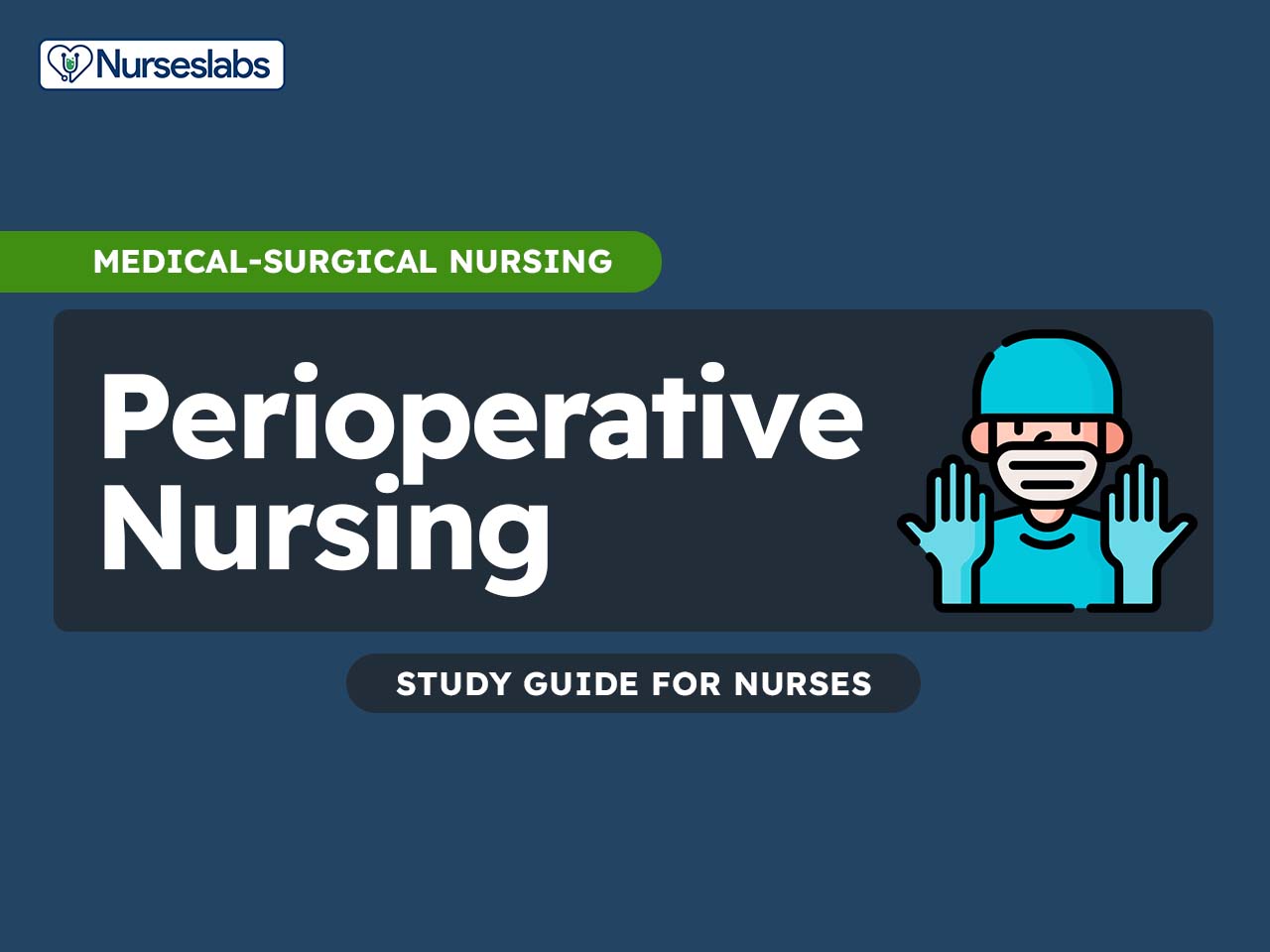

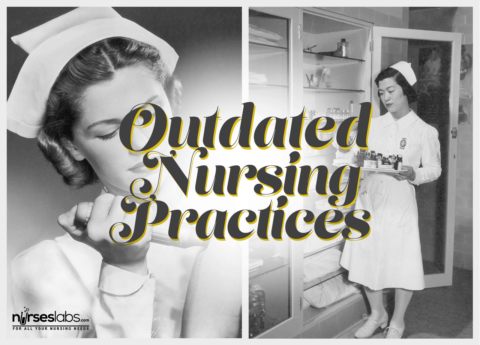
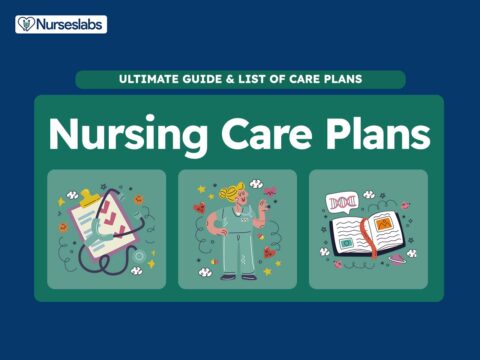
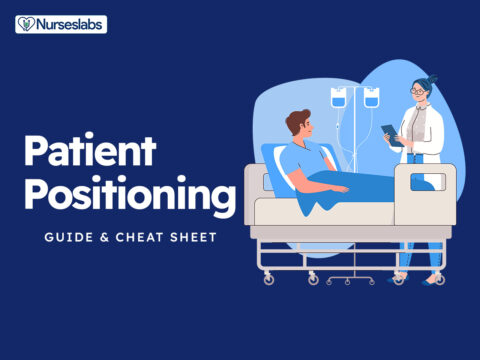


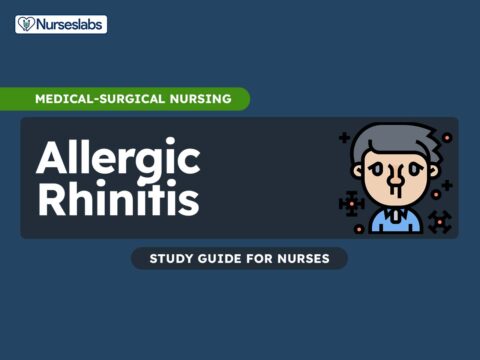
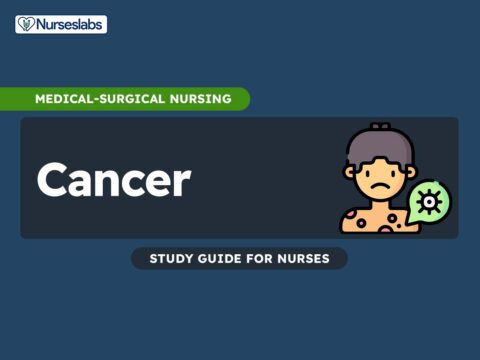



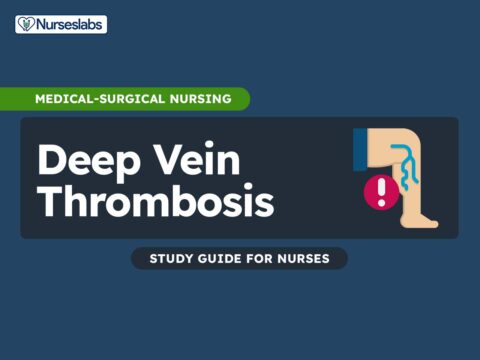
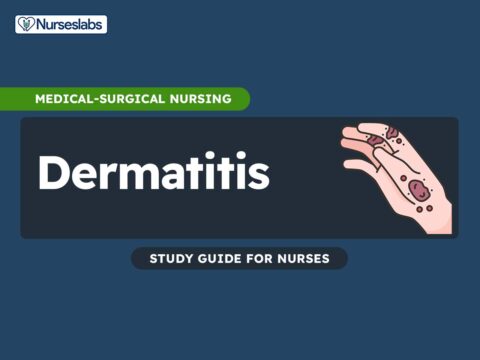
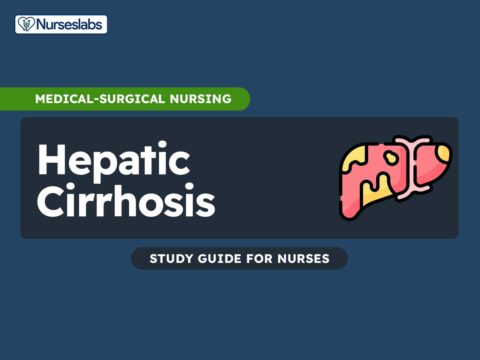
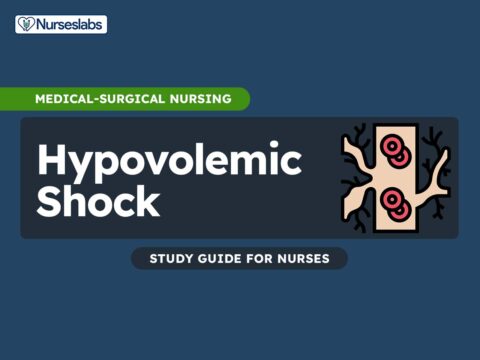

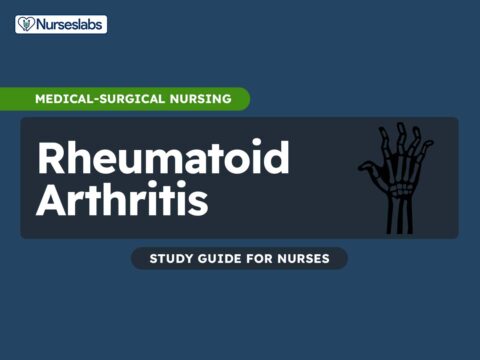

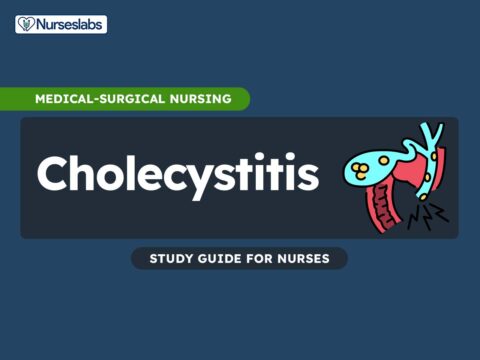
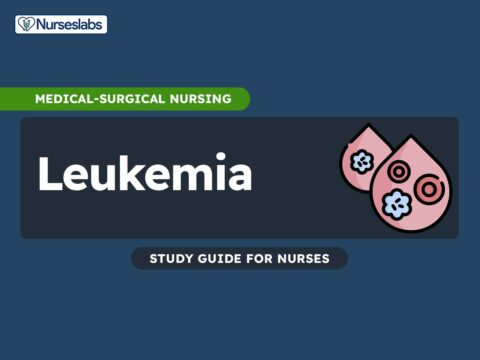
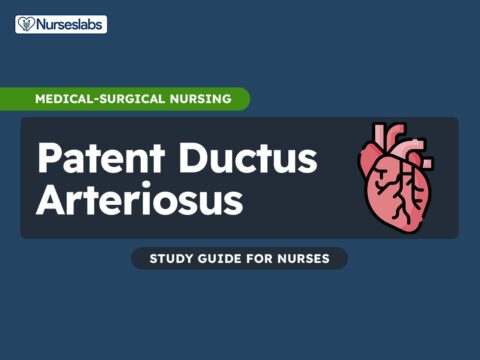

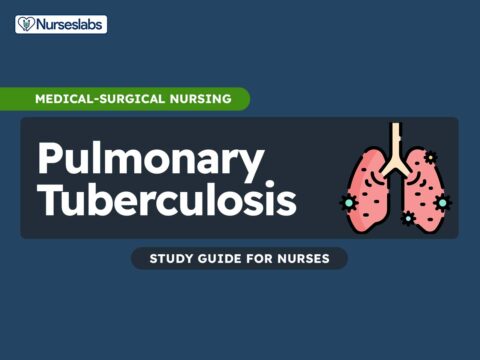
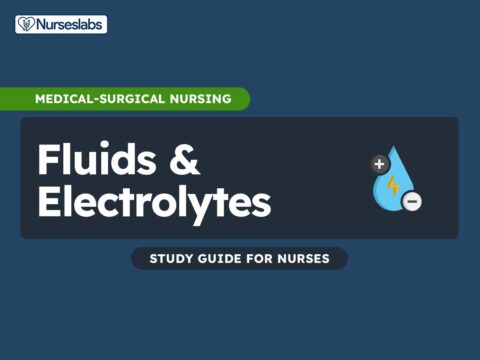
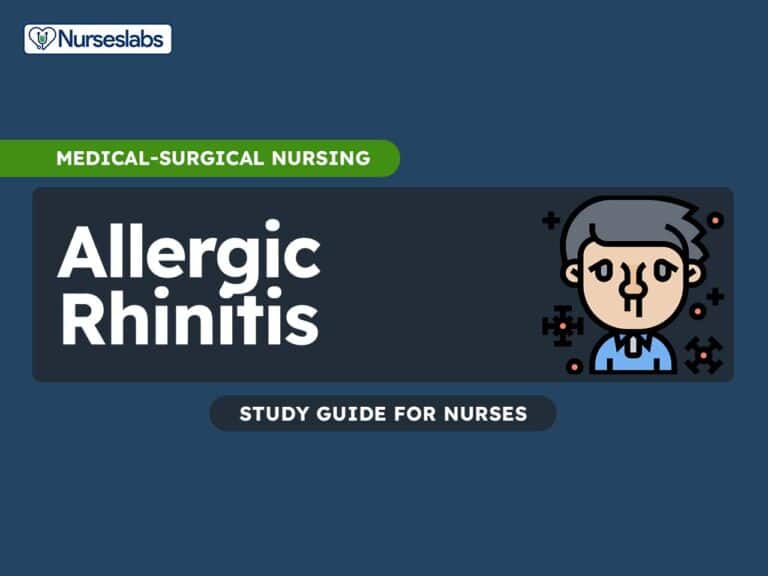

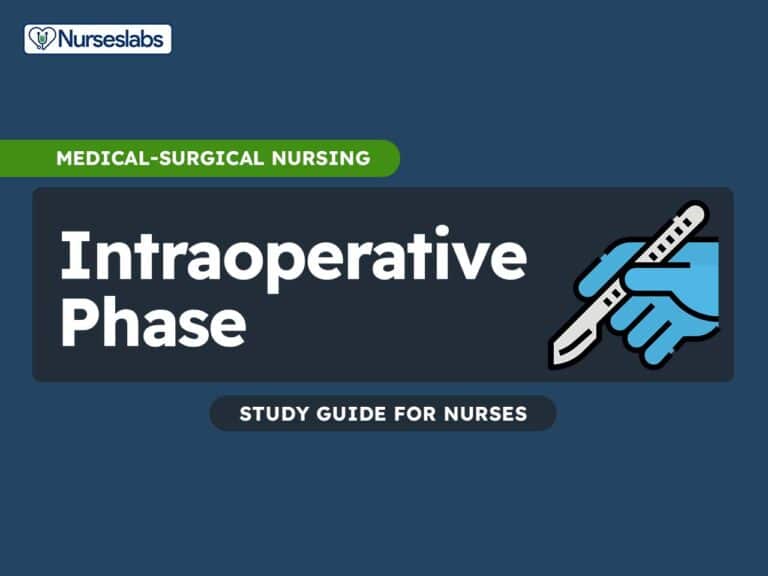



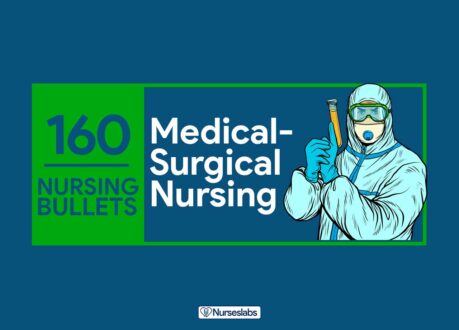



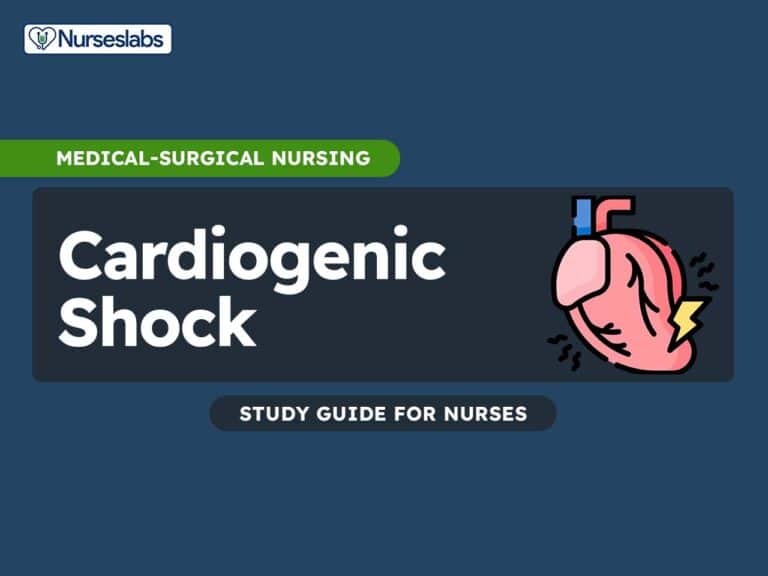
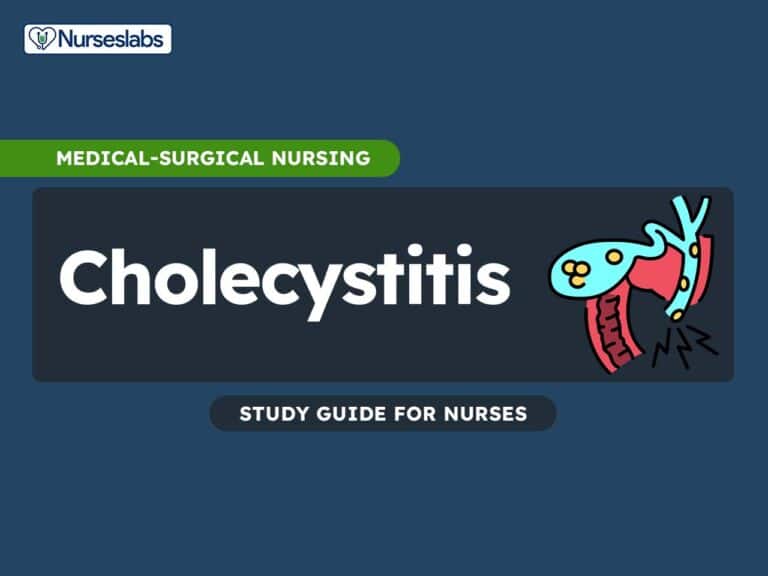
Leave a Comment